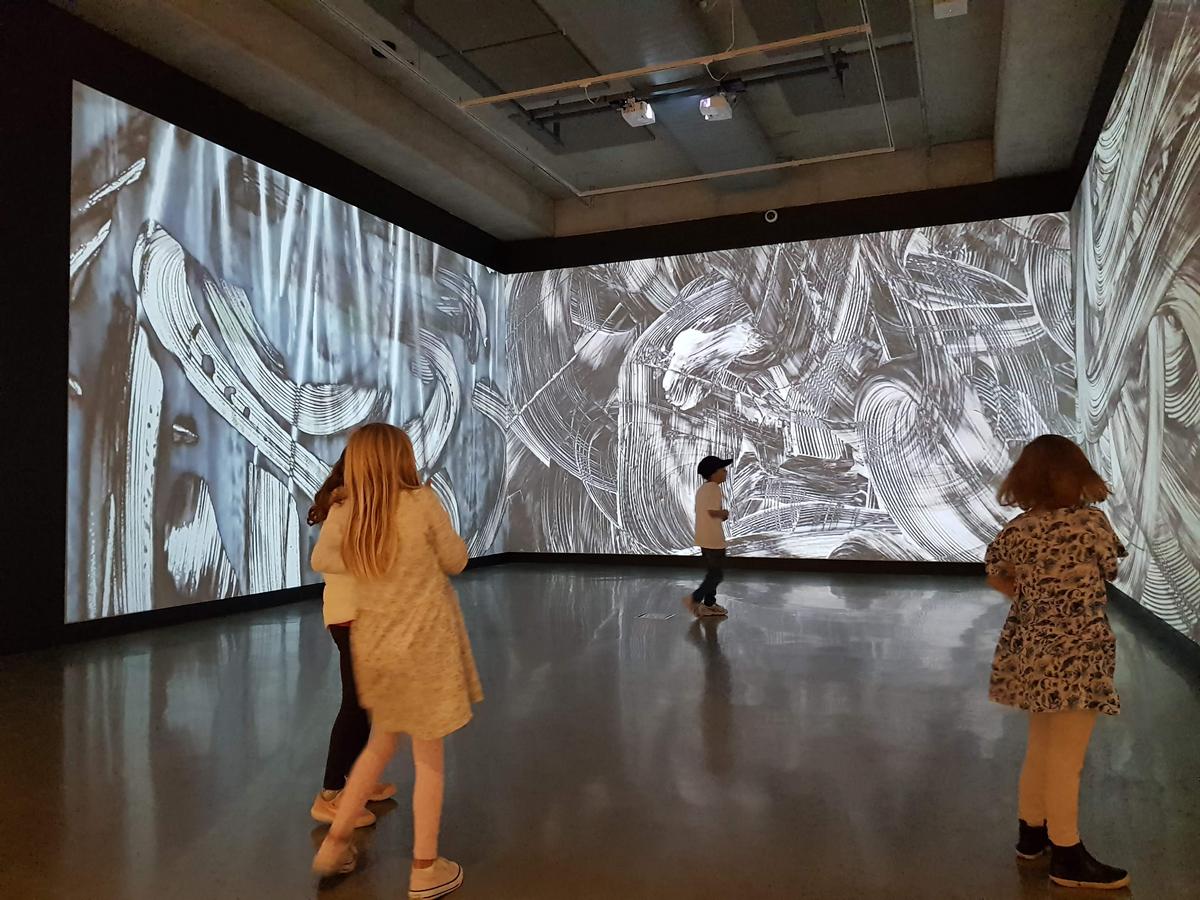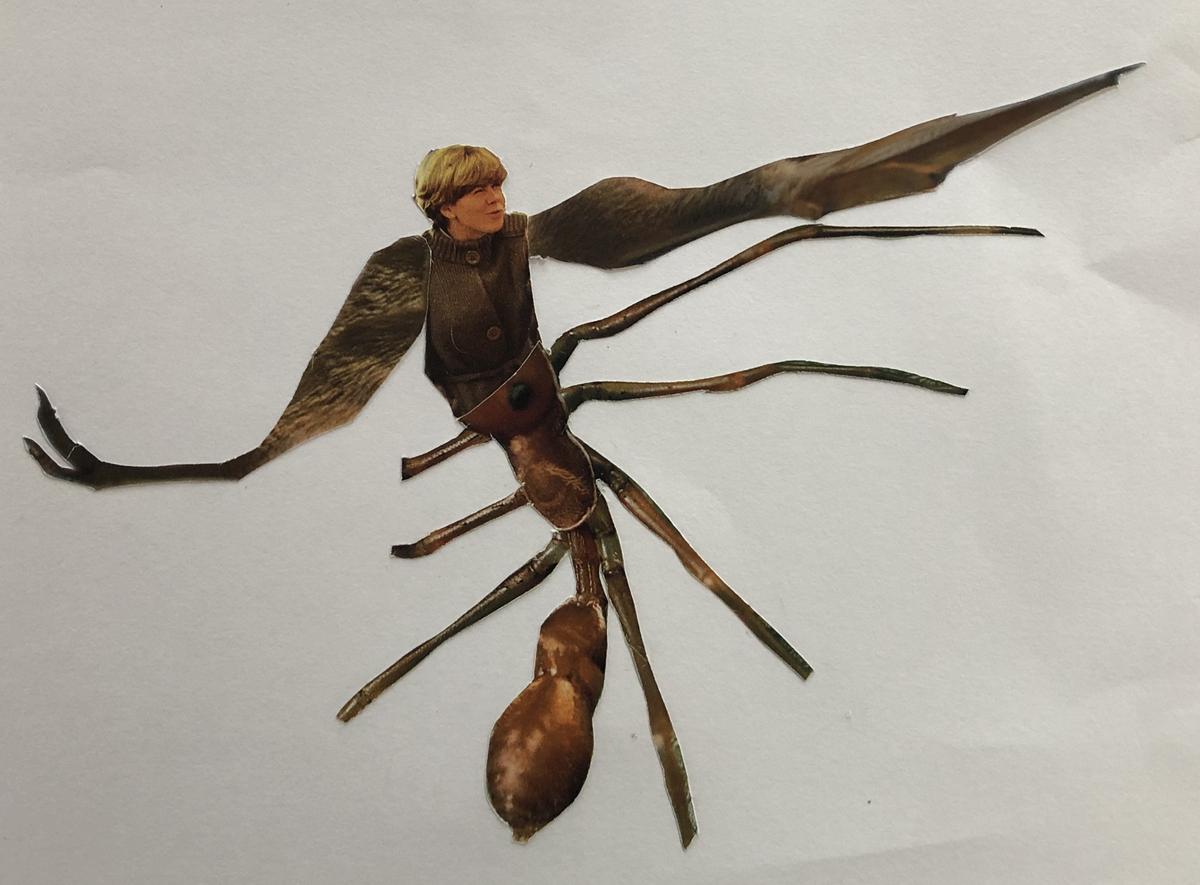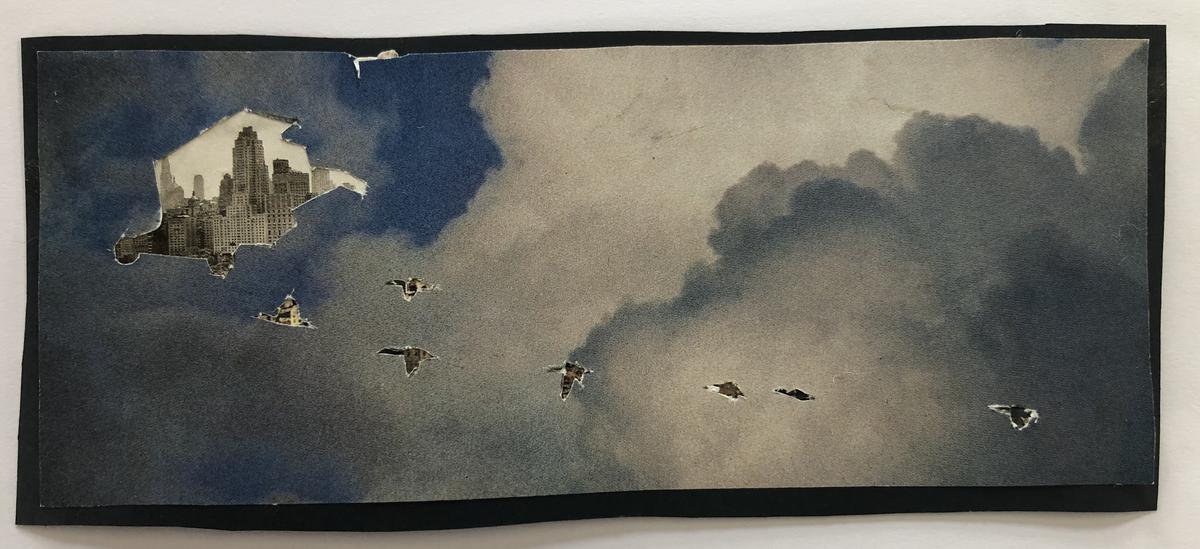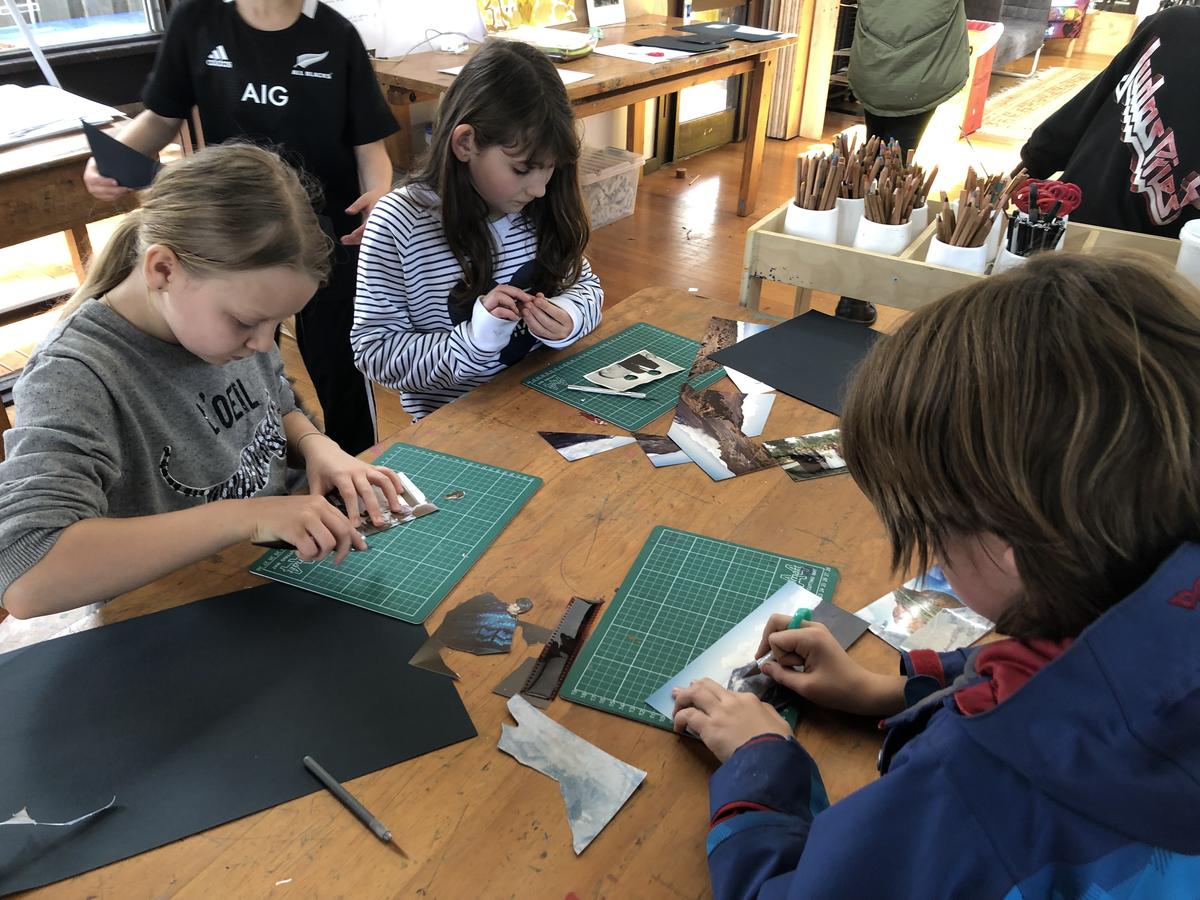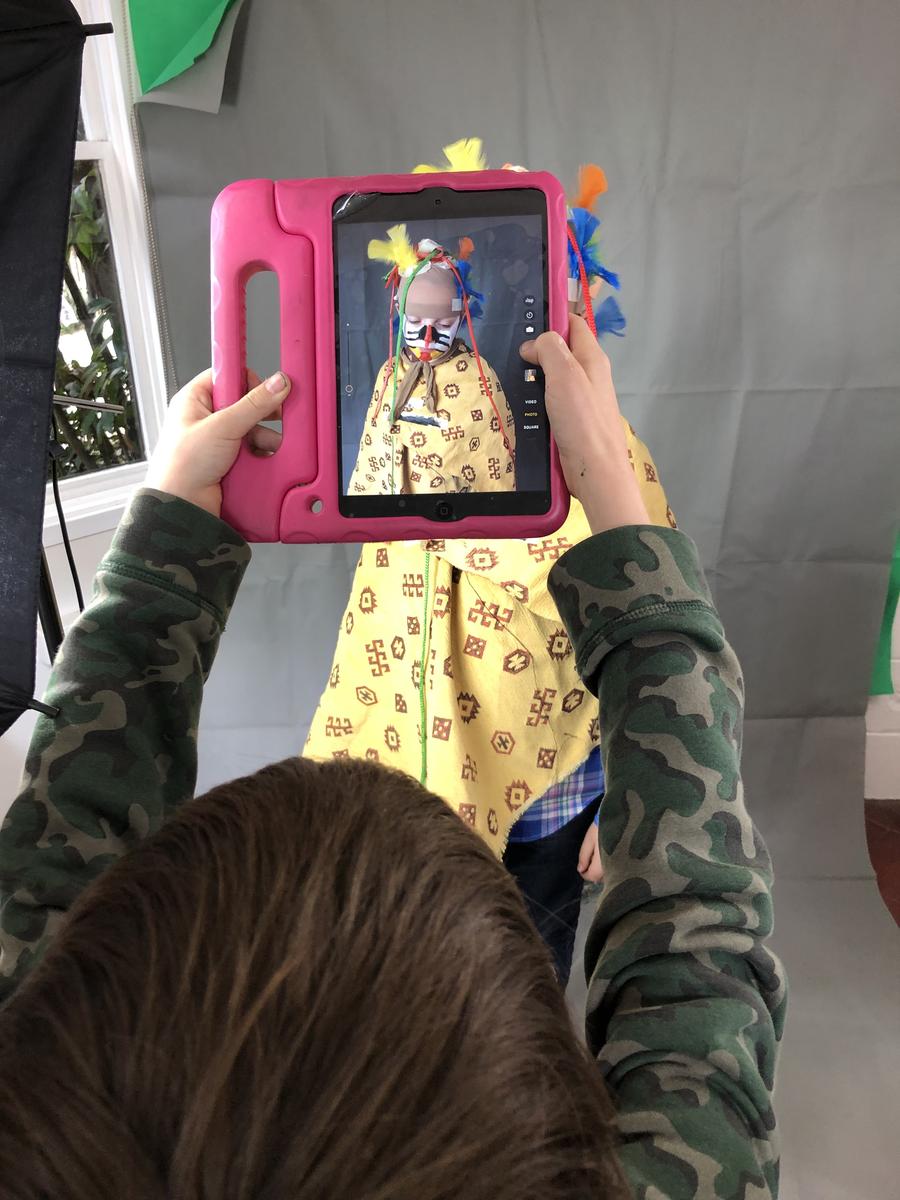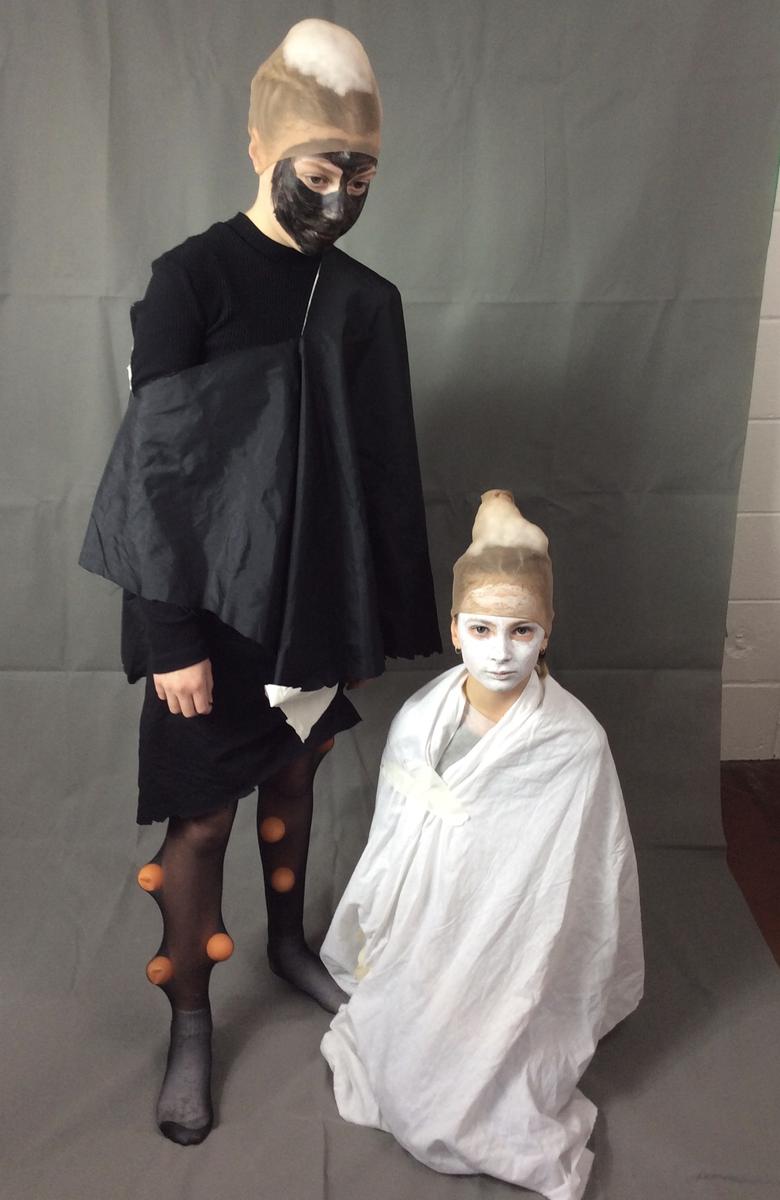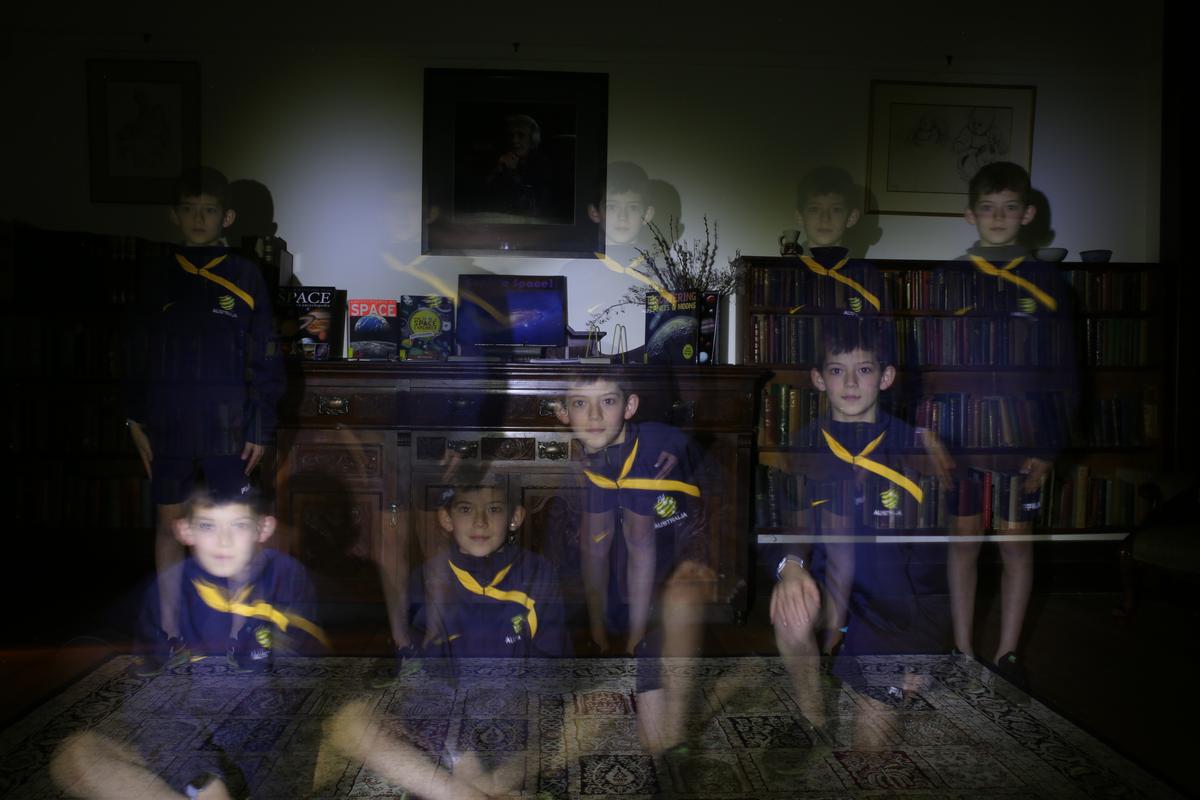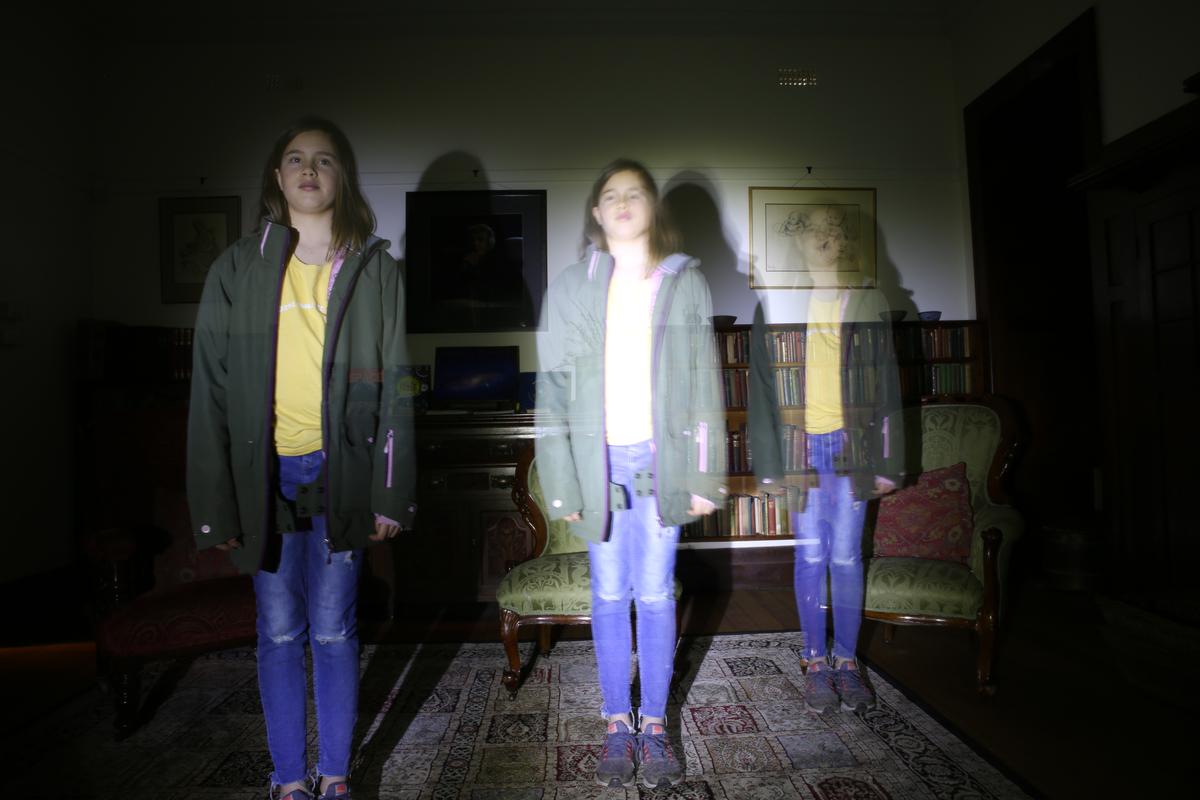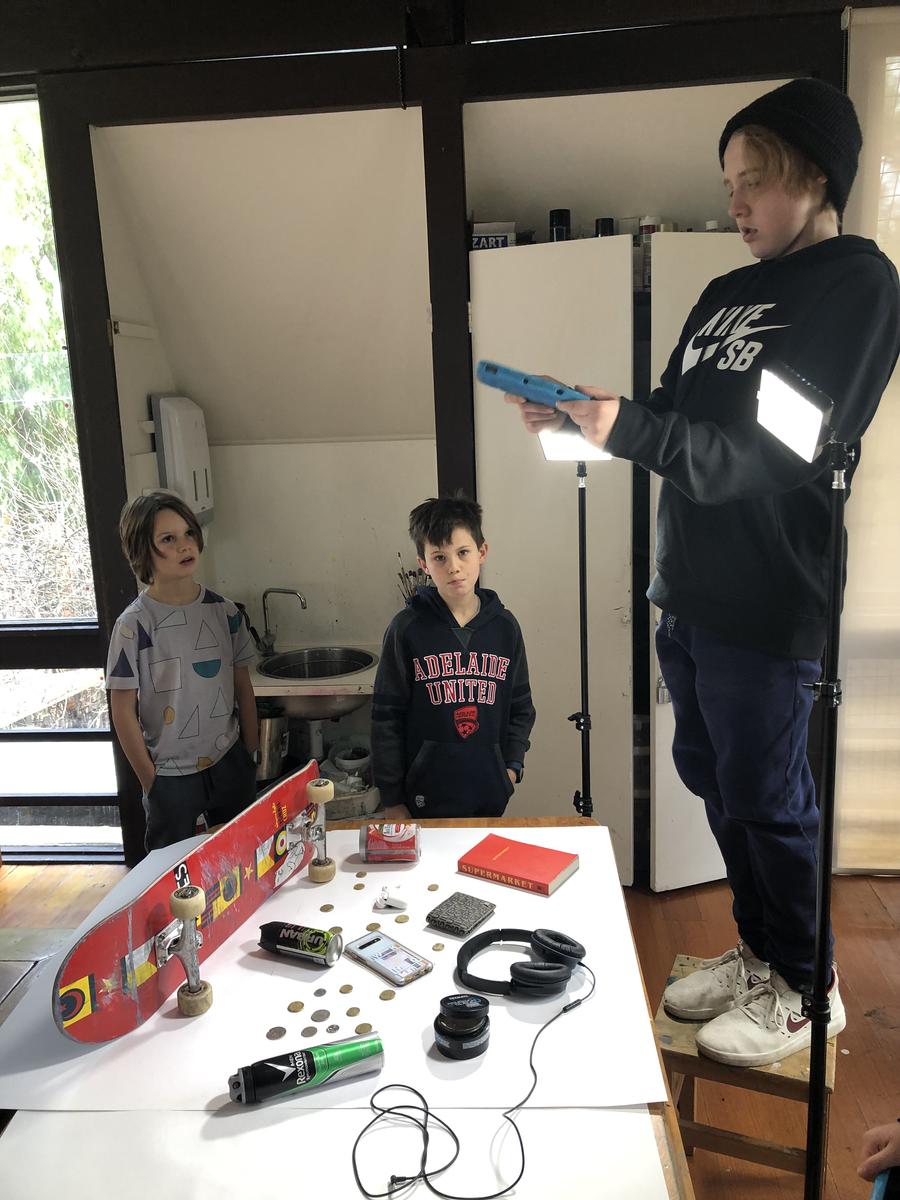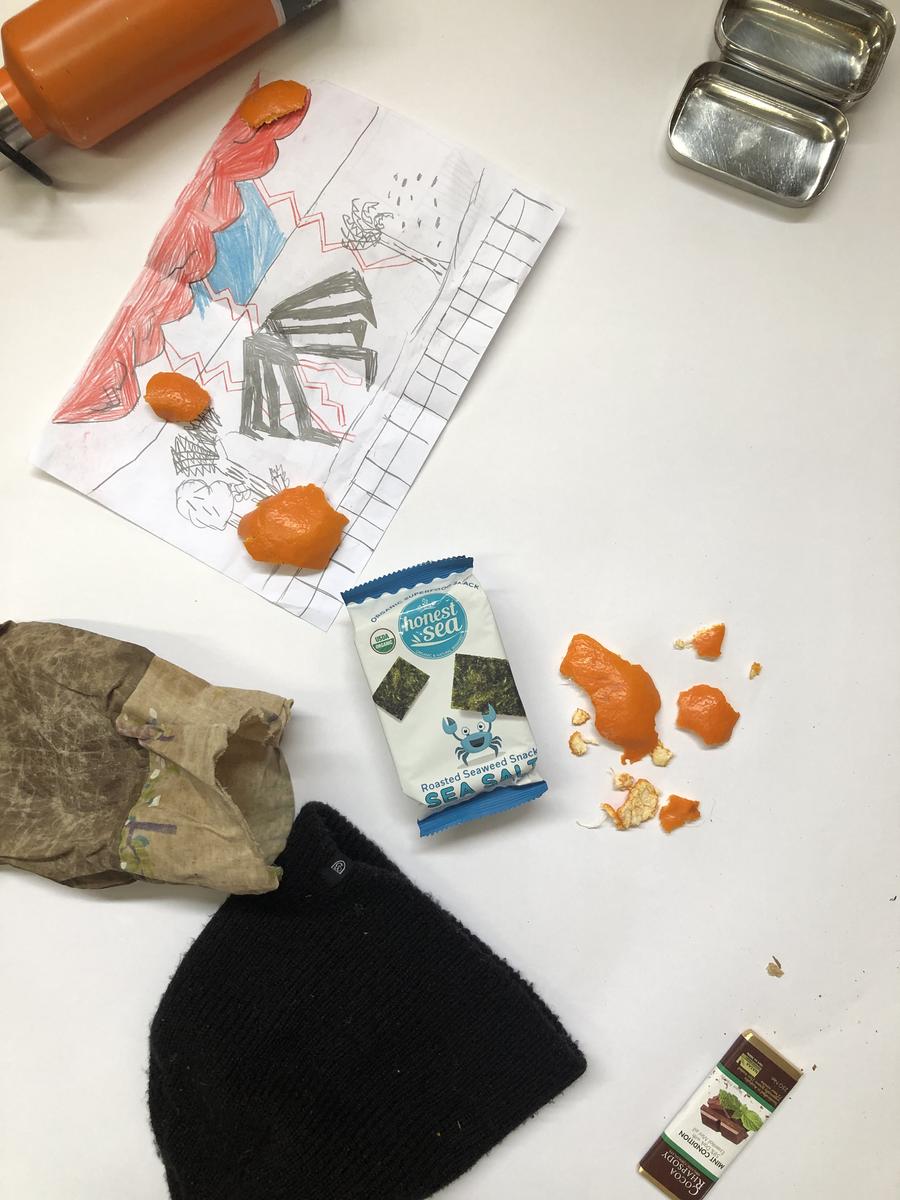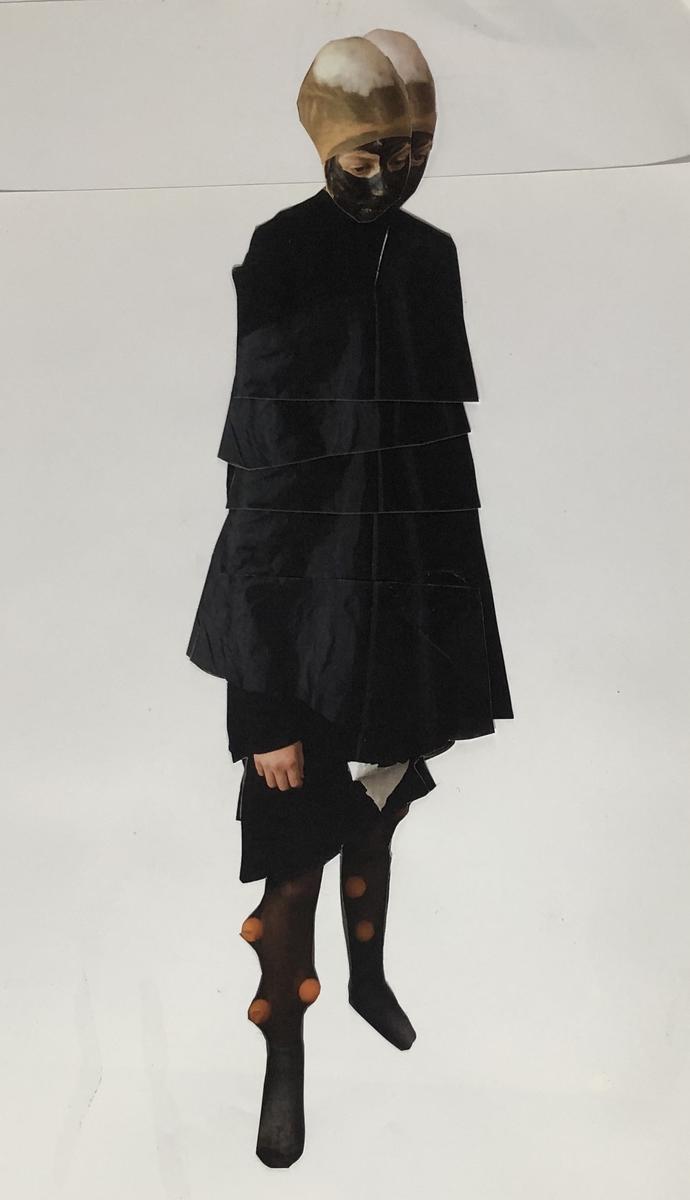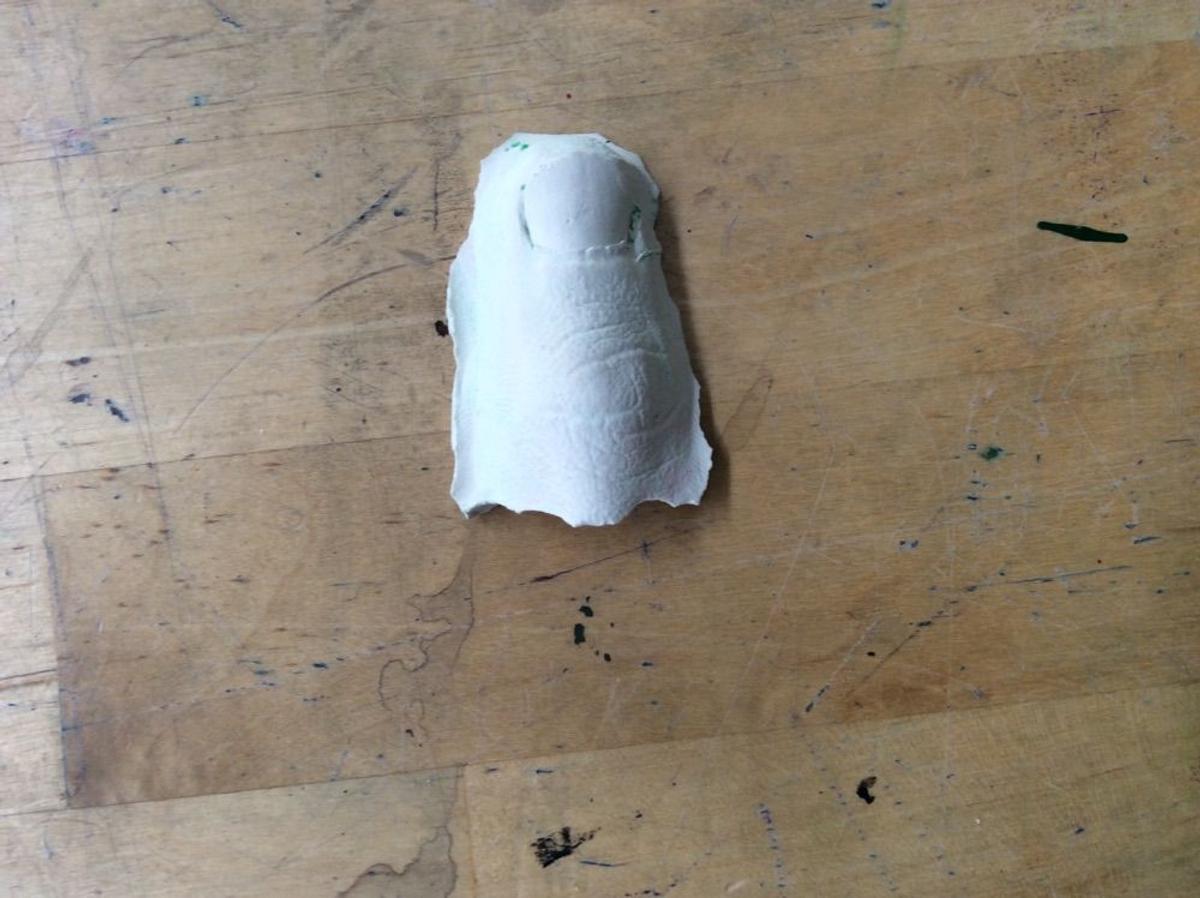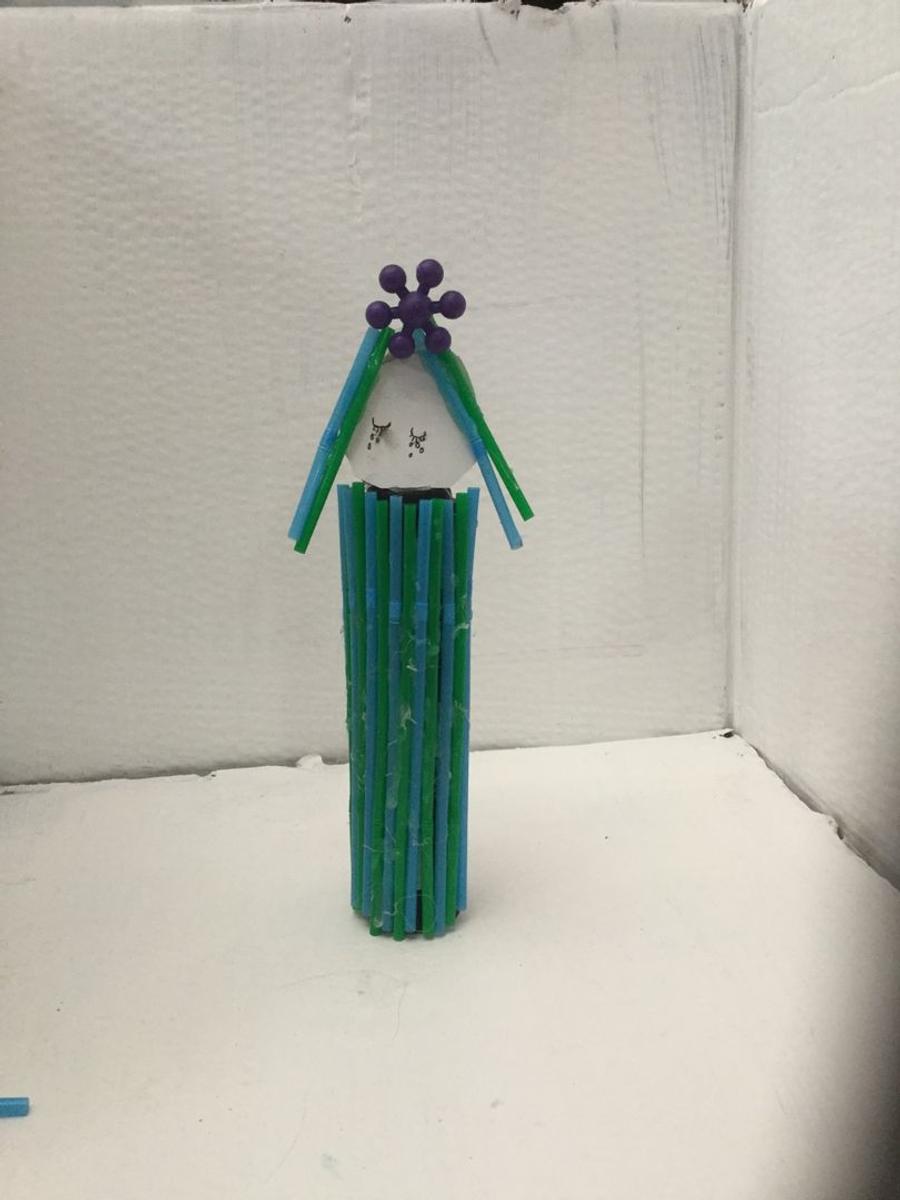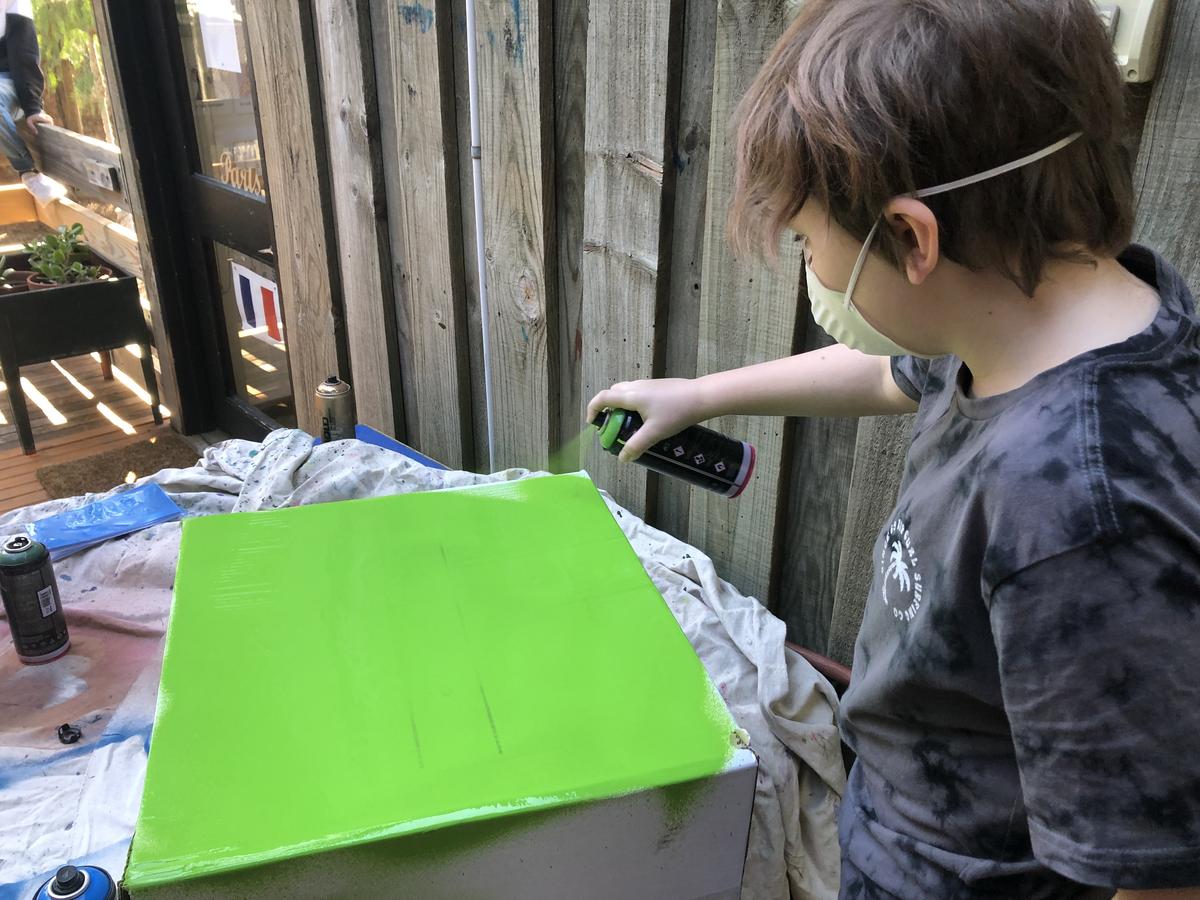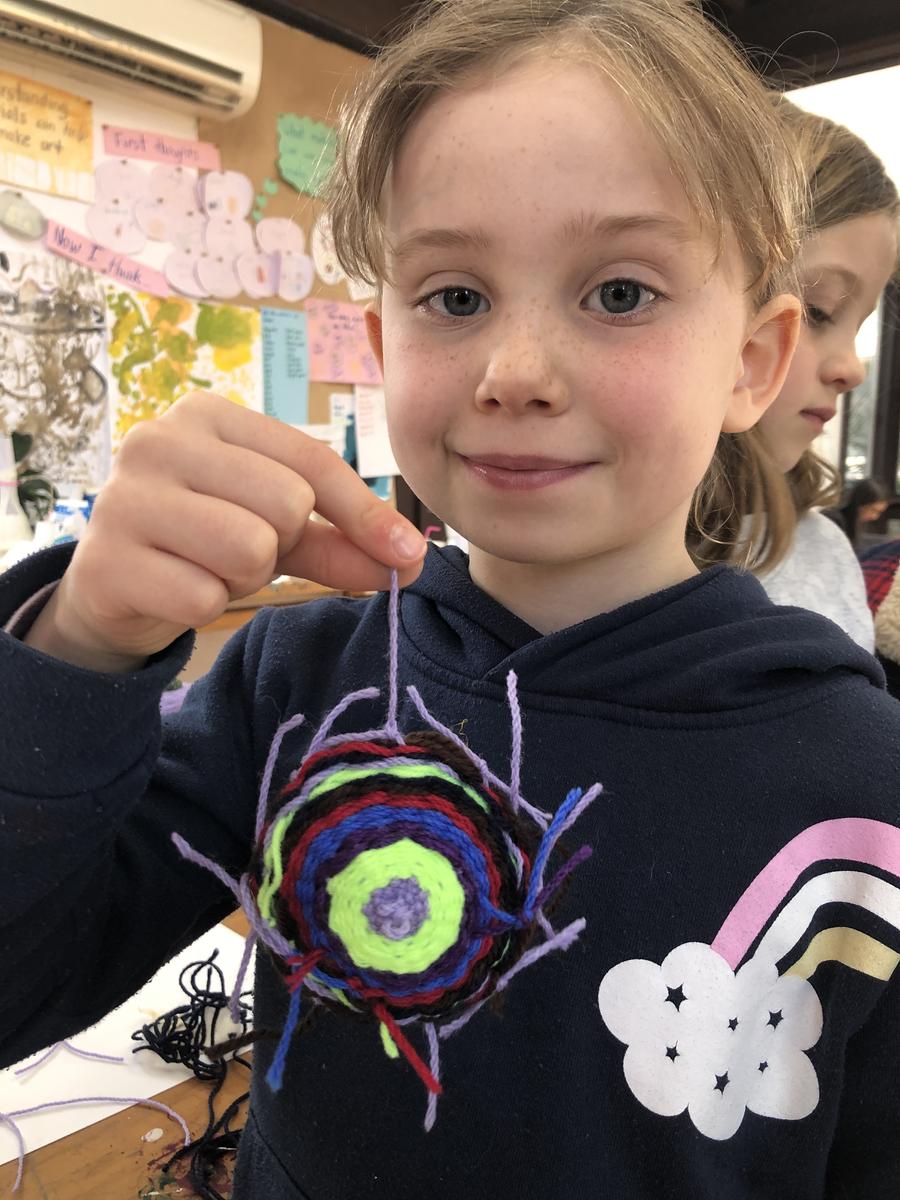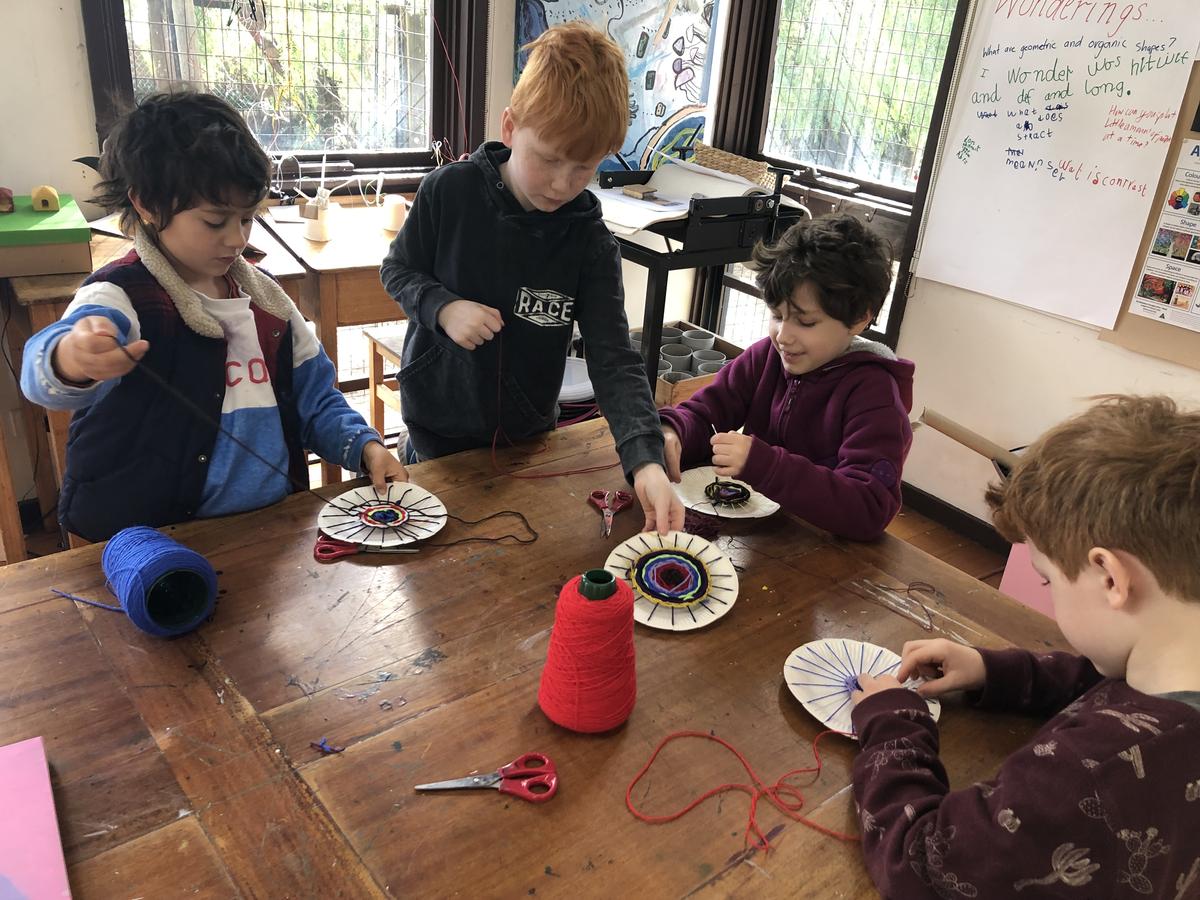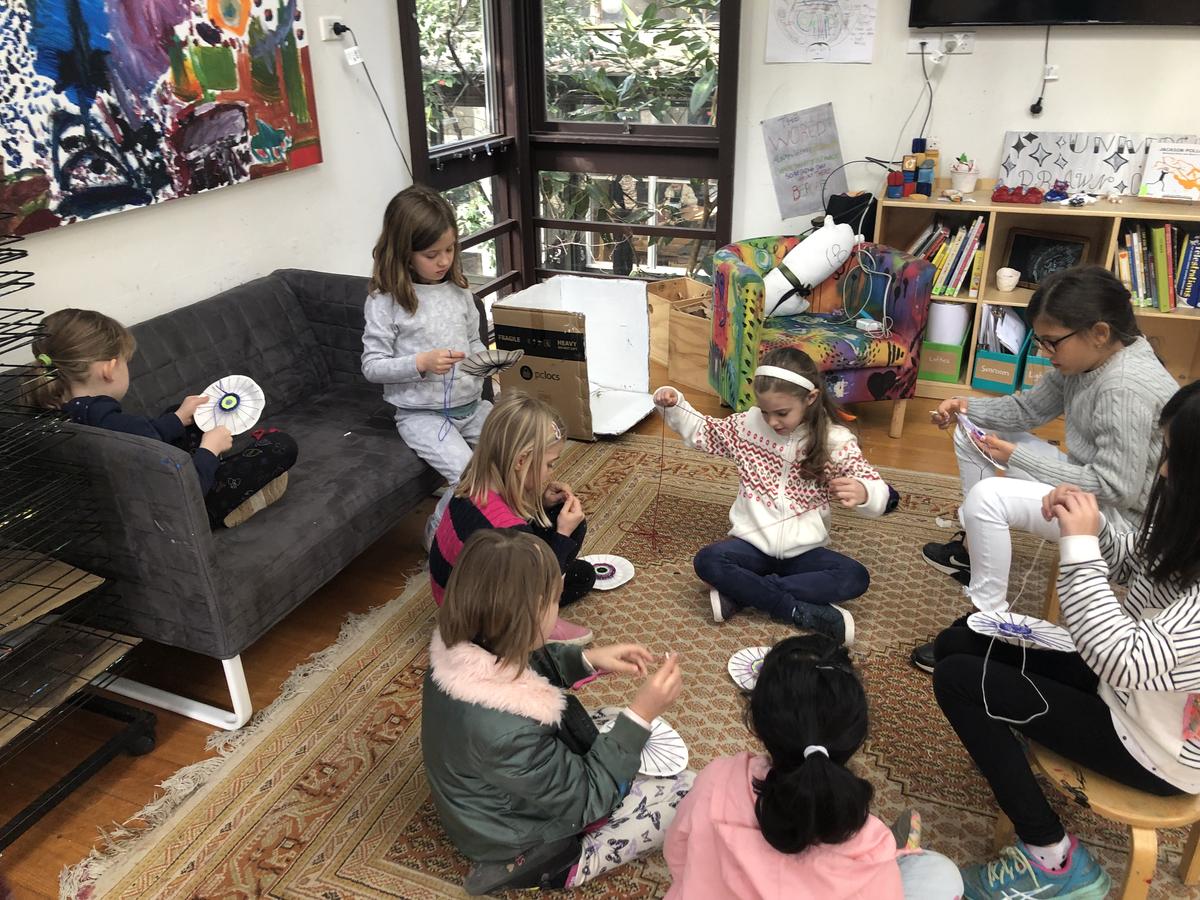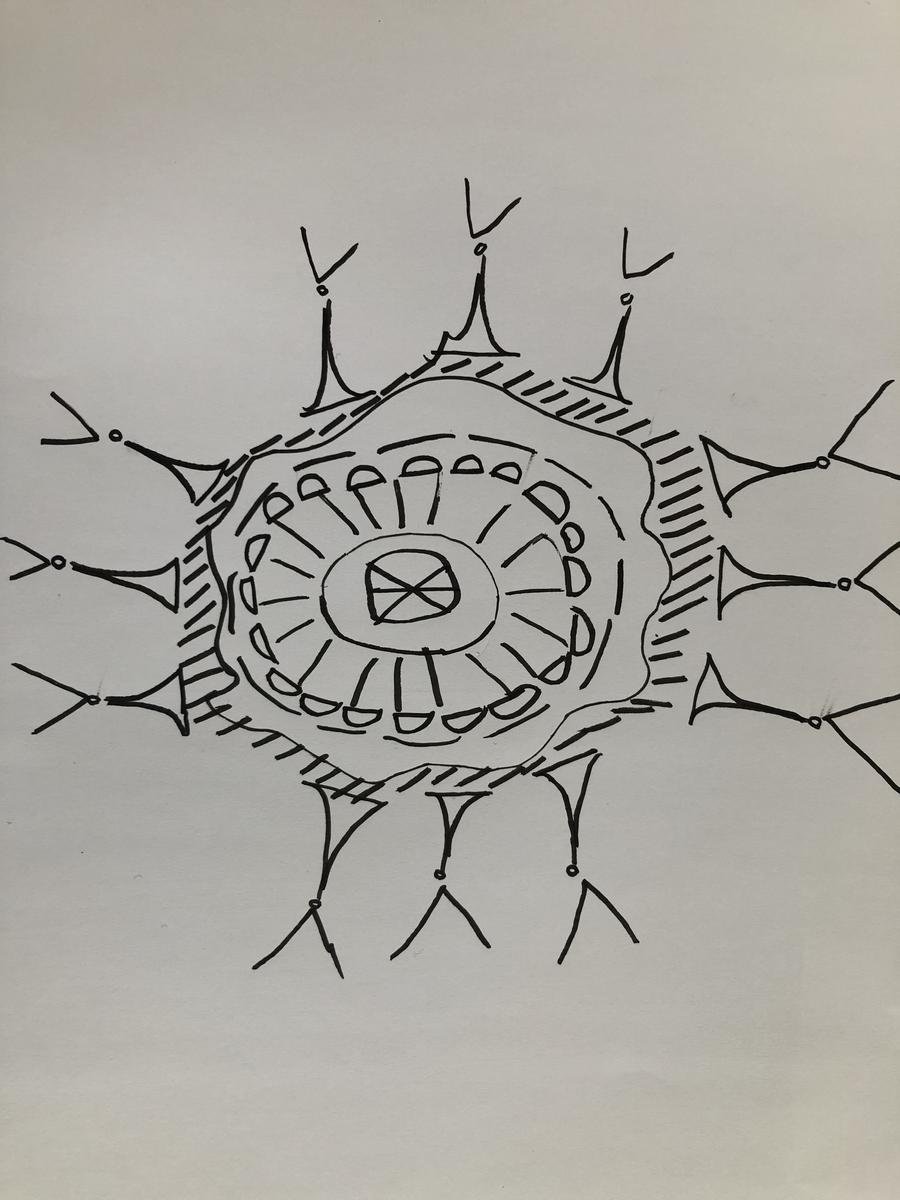Art
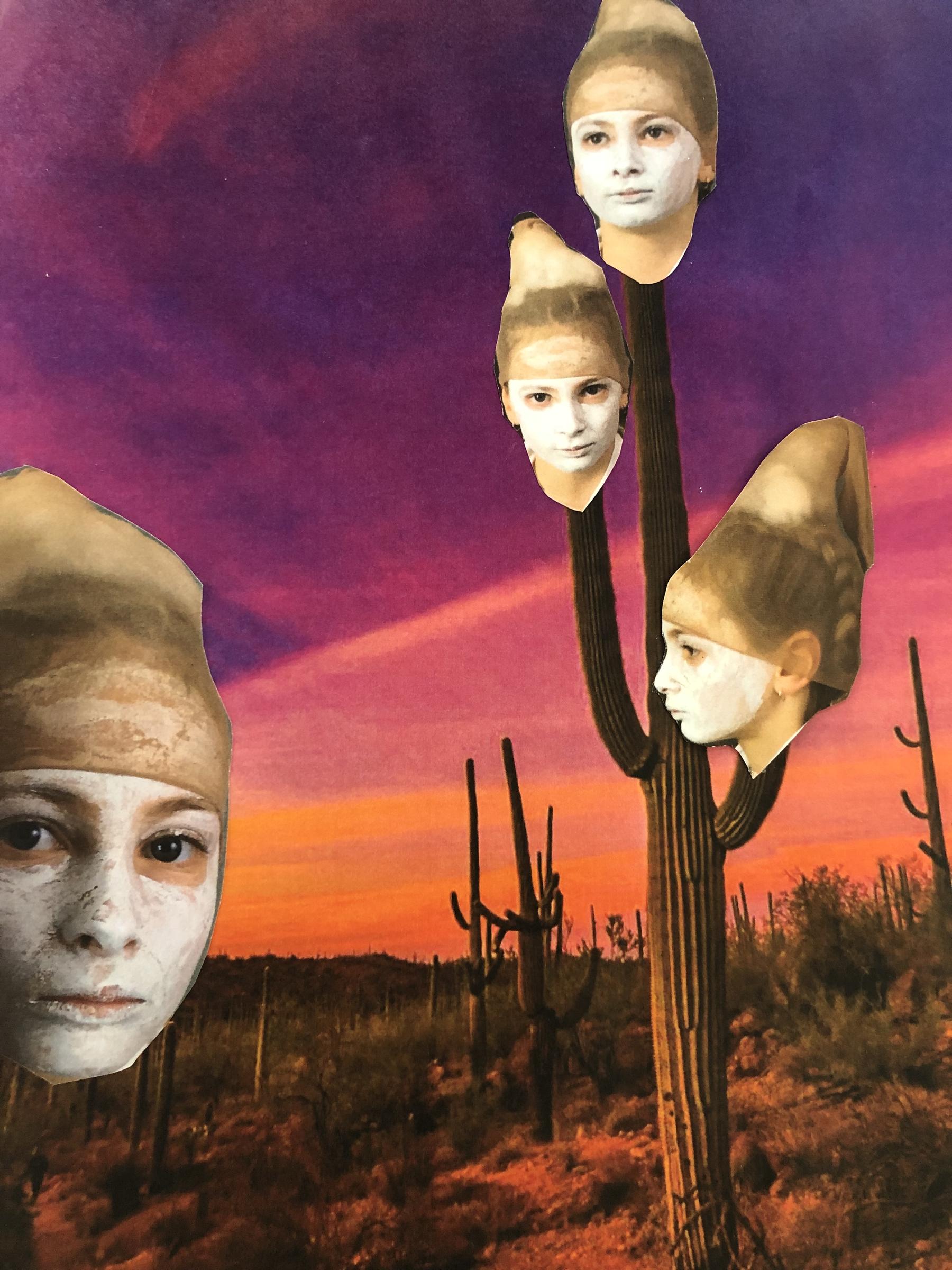
Visual Thinking Strategies
For many, visiting an art gallery can be intimidating. People often go straight to the written description on the wall to ensure they get the ‘correct’ reading of an artwork. While a didactic can be informative and help you engage with an artwork in a certain way, it can also limit you from having your own experience of the work.
Everyone’s reading or experience of an artwork is valid, whether it aligns with the artist’s intention or not. In the treehouse studio we implement ‘Visual Thinking Strategies’ or ‘VTS’. VTS helps students explore works of art in a way that allows them to connect their own experiences and knowledge. Rather than imparting didactic information to students, these open-ended discussions help students develop visual literacy, flexible, rigorous critical thinking skills, and to strengthen their language and listening skills.
They make meaning on their own terms. We always begin by asking “What is happening in this artwork?” and “What can you see that makes you think that?” There are no right or wrong answers and the children can explore a whole range of ways of looking at just one artwork. The artists' intention is never revealed at the end. There is more information about VTS on the Heidi Gallery website and on the VTS homepage https://vtshome.org/. Have a go next time you visit an art gallery, your children can help you.
The Peppercorns delved deep into VTS in their photography unit in Term 3. They even used it as a technique to reflect on their own photographs. As part of the unit, we looked at a different aspect of photography in Art each week. They explored the work of Joel Meyerowitz and had insightful conversations about how photographs are constructed. They discussed how artists make choices about what to include and what not to include in an image. Experimenting with painting with light, we looked at how cameras work and the role of light, time, aperture and shutter speed. In our third week, the Peppercorns emptied out their school bags to see how inanimate objects can tell a story.
We looked at framing, rule of thirds and geometry in photography as well as professional and natural lighting techniques. The Peppercorns particularly enjoyed exploring the work of Lucy McRae and Polly Borland as well as using CV dazzle as inspiration for using costuming and disguise.
Finally, we looked at how combining images can create narrative, whether through a series of images or through actually combining images through collage. Hopefully you were able to catch our young photographers work on display as part of the photographic exhibition in the final week of Term 3.
In Term Three, The Sunroom explored how artists use carving, modelling, casting, and constructing to create sculpture. They used construction, assembling recycled materials, modeled clay, created plaster casts and carved balsa foam. They then chose a story (either one that is familiar to them or one that they wrote in anthology) and made a sculpture in response.
As part of their inquiry into how artists make decisions about how they use art elements and principles to express themselves, the Lofties have been looking at the art principle ‘balance’. They have been asking questions like, what is a balanced artwork?
They created sculptures and mobiles inspired by Alexander Calder where they literally had to balance their cardboard shapes and wire lines. They also explored mirror symmetry and radial symmetry. The Lighthouse Keepers have been continuing their exploration of different art materials in their Art Inquiry into how understanding materials can help you make art. After designing their own inks from leaves and berries and charcoal found in the Pines, the children showed a real interest in colour and colour mixing. They asked questions like “How many colours are there?” “Is white a colour?”
Children then went on to use acrylic paint to experiment with different hues, shades, tints and tones. We looked at what different colours mean in different cultures. The children took on the challenge of creating as many different reds as they could and made their own monochromatic paintings.
It is always a pleasure to have our youngest artists up in the Treehouse Studio on a Friday morning. Our sessions usually start with a story or artwork. One session, the children arrived at the Treehouse Studio to find that someone had spilled ink all over the paper on one of the tables! The paper was ruined... Or was it? We read the book 'Beautiful Oops’ by Barney Saltzberg and discussed how ‘oops’ or ‘mistakes’ can inspire new ideas. The children used the ink stained paper as starting points for artworks.
They have also explored how we can take a line for a walk, and close our lines to make shapes. The children have looked for different shapes found in nature through observational drawing and have used a range of materials from pencil, acrylic and watercolour, through to cardboard sculptures and blocks.
As many of you know, I have a baby on the way. From the beginning of Term 4, I will be on maternity leave and I will be back mid 2020. Thank you for all of your kind well wishes. While I will miss encouraging all the incredible artists at Preshil to express, explore and create, I am comforted to know that they will be in good hands with their fabulous new teacher, Lara.
Claire Robertson
Art Teacher
claire.robertson@preshil.vic.edu.au

